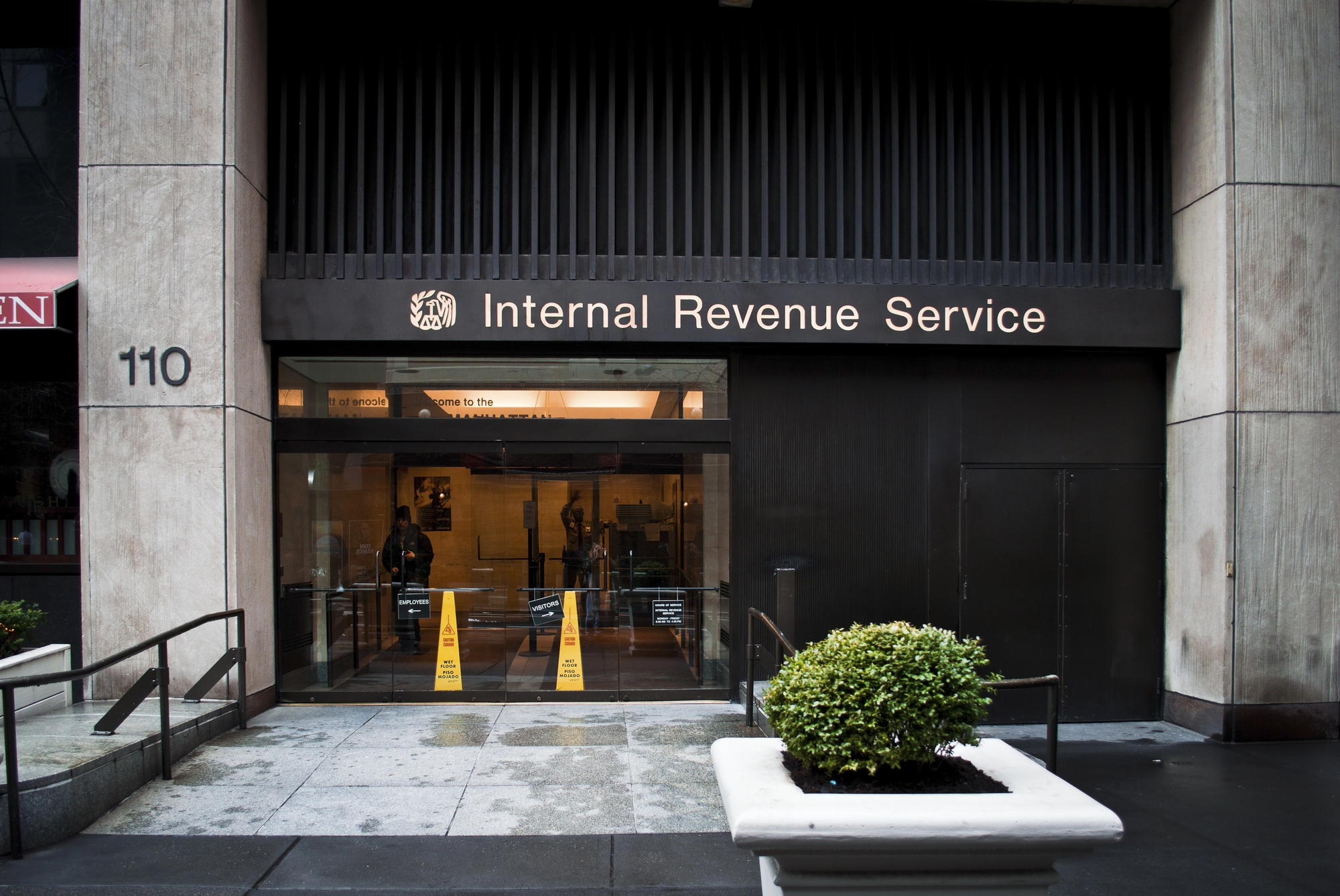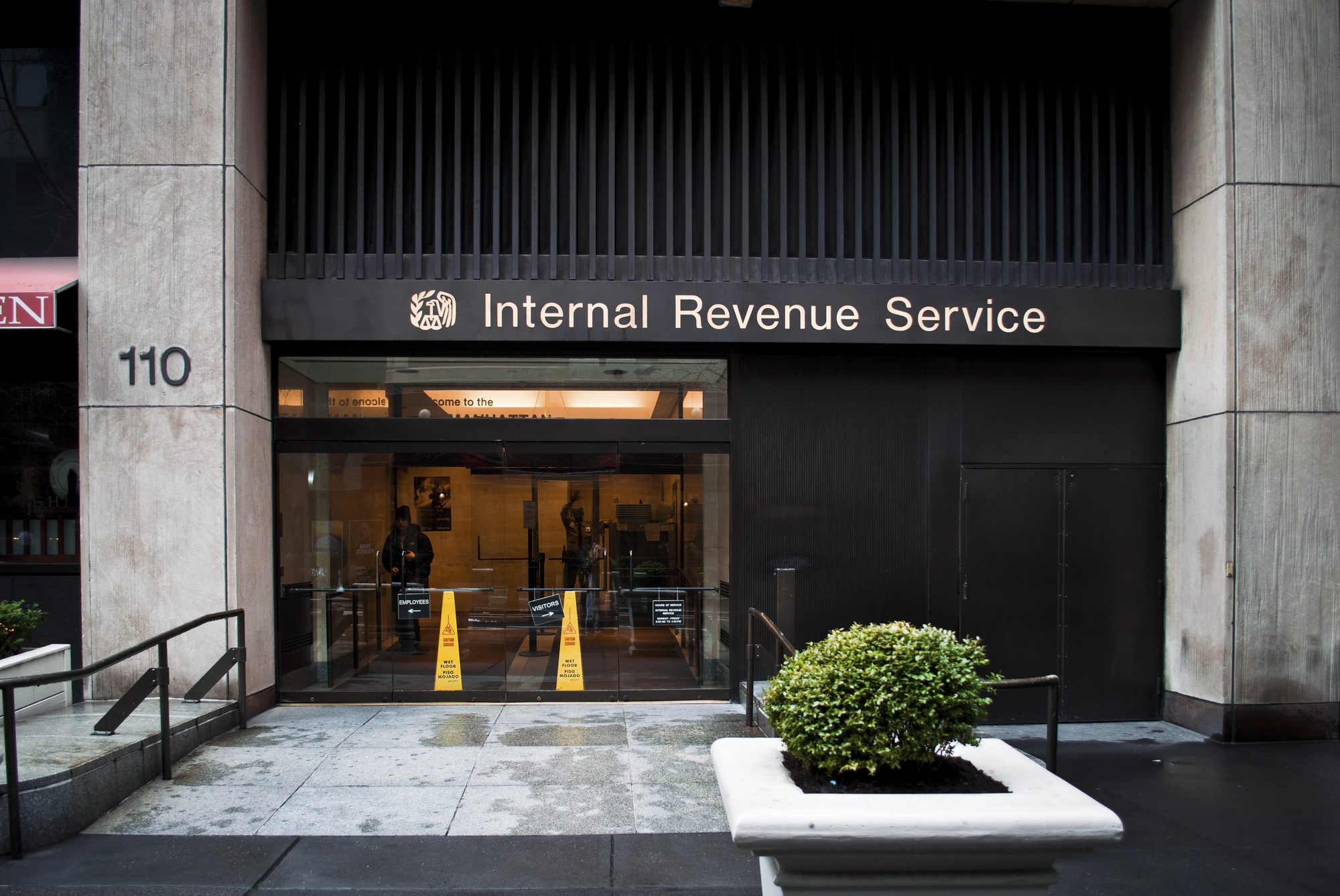The IRS is set to experience significant budget and staffing reductions between fiscal years 2025 and 2026, according to the Treasury’s annual Congressional Budget Justification released on May 30. The agency’s budget is projected to decrease by 37%, while its workforce is expected to shrink by 20% during the same period.
The report indicates that the number of IRS employees will drop to 77,728 in fiscal year 2026, down from 96,700 in the fiscal year 2025 operating plan. This marks the first time since before the COVID-19 pandemic—when the agency employed approximately 74,000 workers in 2019—that its workforce will fall below 80,000.
The proposed budget for fiscal year 2026 is $14.2 billion, a sharp decline from the $22.5 billion allocated in the current-year operating plan. A significant portion of this reduction stems from a decrease in funding from the Inflation Reduction Act (P.L. 117-169), which allocates $2.2 billion for fiscal year 2026, compared to $9.3 billion in fiscal year 2025. The report also assumes that nearly $59 billion of the $80 billion earmarked for the IRS under the Inflation Reduction Act will be rescinded.
Staffing cuts will be particularly pronounced in technology and operations support, where the workforce is expected to decline by 59%, dropping from 10,371 employees to 4,250. Similarly, enforcement staff will see a 31% reduction, falling from 32,350 employees to 22,303.
In contrast, taxpayer services will see a boost, with staffing levels increasing by 48%. The addition of 11,158 full-time employees will bring the total to 34,044, primarily to improve phone support. Despite this increase, the level of service (LOS) during the 2026 filing season is projected to be 85%, slightly below the 87% recorded for the 2025 filing season.
The report warns of dire consequences if funding falls below the requested levels. “Funding this investment below the requested level will significantly reduce telephone LOS and impair taxpayer services,” it states. Without the proposed investment, the LOS could drop to just 11% for fiscal year 2026 and 16% for the 2026 filing season. At such levels, most taxpayers would struggle to reach the IRS by phone or receive assistance with tax compliance, and those who do get through would face lengthy wait times.
It remains unclear whether the 20% workforce reduction accounts for employees who have already left the agency this year. According to a May report from the Treasury Inspector General for Tax Administration (TIGTA), the IRS lost over 11,000 employees—11% of its workforce—through voluntary separations and terminations in the first three months of 2025. TIGTA also noted that thousands more employees were approved for voluntary separations after the reporting period.






